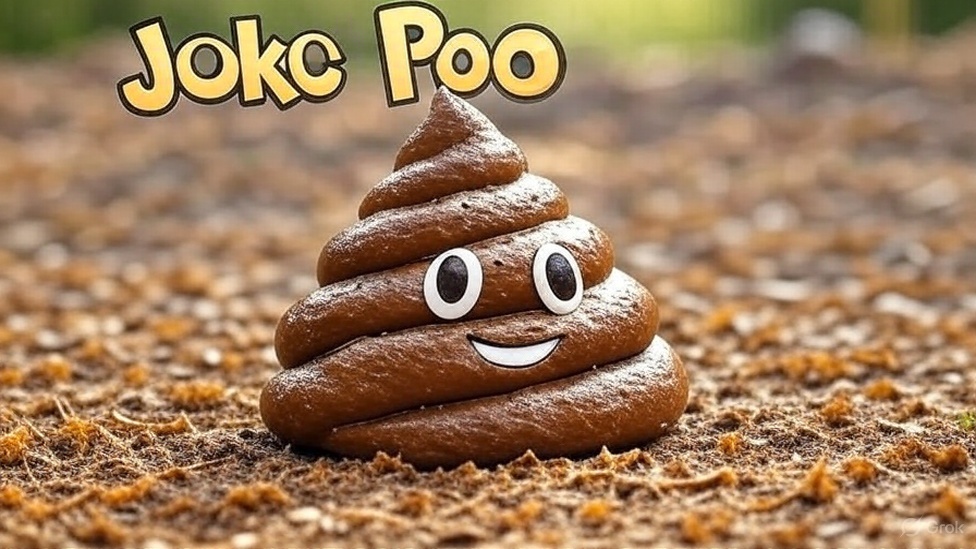It's a new ditty.
Okay, here’s the original joke and then my attempt at a “Joke Poo” version:
Original Joke:
I wrote a song about being naked.
It’s a new ditty.
Joke Poo: Title: I’m Composting a Joke
I’m trying to write a joke about gardening.
It’s a real growing pain.
Alright, let’s dissect this cheeky little joke!
Analysis:
- Setup: “I wrote a song about being naked.” This creates an expectation for something potentially risqué or introspective.
- Punchline: “It’s a new ditty.” This works on multiple levels:
- Homophone Pun: “New ditty” sounds like “nudity”. This is the primary comedic mechanism.
- Understatement: “Ditty” implies a simple, short, and lighthearted song, contrasting with the potential weight one might associate with a song about nudity. This adds to the humor.
Key Elements:
- Nudity: The implied subject matter.
- Music/Song: The chosen medium of expression.
- Wordplay (Homophone): The core mechanism for the pun.
Comedic Enrichment Attempts:
1. The “Did You Know?” Approach (Nudity-Focused):
Did you know that the earliest depictions of nudity in art date back over 40,000 years to cave paintings? Makes you wonder if those cave artists were also writing catchy ditties about their subjects… probably without autotune, though. Their lyrics were more “Ooga booga, body nice!”
2. The Extended Joke (Music-Focused):
I wrote a song about being naked. It’s a new ditty.
My bandmates weren’t thrilled. They said my melody was derivative, the lyrics were thin, and the whole performance was rather…exposed. Apparently, “The Emperor’s New Clothes” wasn’t just a fairy tale, it was a scathing album review waiting to happen.
3. The Witty Observation (Homophone-Focused):
Puns like “new ditty” for “nudity” prove that language itself can be a little indecent. I mean, come on, words rubbing up against each other like that, producing such an obvious double entendre… it’s practically linguistic exhibitionism!
4. The Reverse Joke (Playing with Expectations):
I wrote a song about being naked.
It’s surprisingly empowering! It’s called “Bare Necessities”… turns out Baloo had it right all along. (Bonus points if you start humming the actual “Bare Necessities” song.)
Explanation of Choices:
- “Did You Know?”: This approach connects the joke to a factual piece of information, adding a layer of intellectual humor.
- Extended Joke: This builds upon the initial setup, adding a second layer of humor through a related scenario.
- Witty Observation: This analyzes the joke itself, highlighting the cleverness of the wordplay in a humorous way.
- Reverse Joke: This plays with the expectations set by the original joke, subverting the audience’s assumptions for comedic effect.
The best choice depends on the desired tone and audience. For example, the “Did You Know?” might appeal to someone who appreciates a bit of factual context, while the Extended Joke offers a more traditional comedic follow-up.


